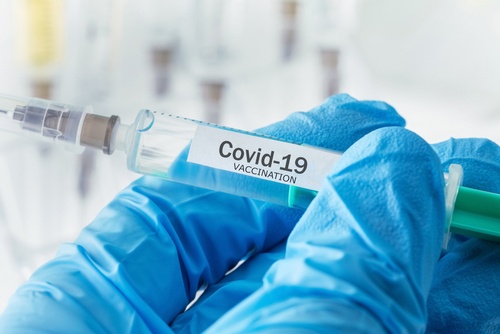
Muhammad Anees, MD, and colleagues at Farooq Hospital West Wood Branch, Lahore, Punjab, Pakistan, conducted an analysis designed to identify risk factors for hyponatremia in patients with COVID-19. The retrospective review included medical records of all patients admitted to the center’s COVID-19 isolation intensive care unit from July 1, 2020, to September 30, 2020. Results were reported in the Pakistan Journal of Medical Sciences [2023;39(1):275-279].
COVID-19 was diagnosed using real time polymerase chain reaction test. Patients with confirmed COVID-19 and hyponatremia, defined as serum sodium (s/NA+) <135 mEq/L, were included in the review. Patients with eunatremia, defined as s/Na_ 135-145 mEq/L, were considered controls. Patients with hypernatremia, defined as s/NA+ >145 mEq/L, at admission were excluded, as were those with incomplete medical records and women who were pregnant.
The overall cohort included 182 patients; of those, 79.1% (n=144) were male, 40.7% (n=74) had diabetes mellitus, and 44.5% (n=81) had hypertension. Eighty-six patients (47%) had hyponatremia and 96 (52.7%) were eunatremic. Ninety patients (49%) had acute kidney injury (AKI) and nine patients (4.9%) died.
Risk factors for hyponatremia were age >60 years (odds ratio [OR], 2.52; P=.006), diabetes mellitus (OR, 2.79; P=.001), hypoxemia (OR, 3.74; P<.001), lymphopenia (OR, 7.62; P<.009), hypoalbuminemia (OR, 9.15; P<.001), high serum ferritin (OR, 4.46; P<.001), high neutrophil to lymphocyte ratio (OR, 3.48; P<.001), and AKI (OR, 3.40; P<.001).
“Hyponatremia was common in COVID-19 hospitalized patients,” the researchers said. “Increasing age, diabetes mellitus, hypoxemia, hypoalbuminemia, high serum ferritin, and AKI were the most significant risk factors for hyponatremia, Hyponatremic patients had comparatively higher mortality than eunatremic patients.”






 © 2025 Mashup Media, LLC, a Formedics Property. All Rights Reserved.
© 2025 Mashup Media, LLC, a Formedics Property. All Rights Reserved.